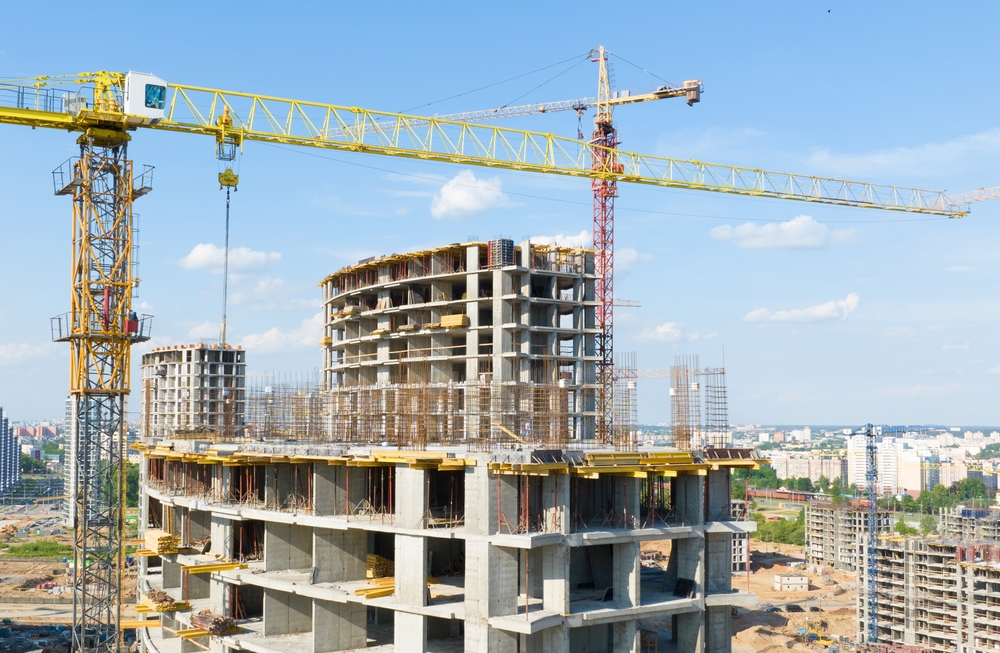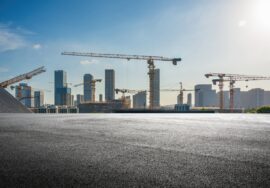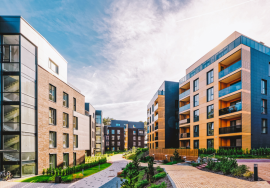The Evolution of Building Technologies in Real Estate
The Evolution of Building Technologies in Real Estate

Building technologies have undergone a dramatic transformation over the decades, significantly influencing the real estate industry. From traditional construction methods to advanced digital solutions, the evolution of building technologies has redefined the way properties are designed, constructed, and managed. This blog explores the key milestones in the evolution of building technologies and their impact on the real estate market.
The Early Days of Construction Technologies
In the early stages of construction, building technologies were limited to basic tools and manual labor. The focus was on durability and functionality, with limited emphasis on efficiency or environmental impact. Traditional materials like wood, stone, and brick dominated the construction landscape, with craftsmanship and manual techniques playing a crucial role.
Key Characteristics of Early Building Technologies:
- Manual Labor: Most construction tasks were performed by hand, relying on skilled laborers and traditional tools.
- Basic Materials: Wood, stone, and brick were commonly used, with an emphasis on durability and local availability.
- Simple Design: Building designs were functional but lacked the complexity and innovation seen in modern structures.
The Rise of Modern Construction Techniques
The 20th century brought significant advancements in building technologies, driven by industrialization and technological innovation. The introduction of new materials, construction methods, and machinery revolutionized the industry, making construction faster, safer, and more efficient.
Key Innovations in Modern Building Technologies:
- Concrete and Steel: The use of reinforced concrete and steel structures allowed for taller and more complex buildings, enabling skyscrapers and large-scale infrastructure projects.
- Prefabrication: Prefabricated components and modular construction techniques streamlined the building process, reducing construction time and costs.
- Advanced Machinery: The introduction of cranes, bulldozers, and other heavy machinery improved efficiency and safety on construction sites.

The Digital Revolution in Building Technologies
The late 20th and early 21st centuries saw the advent of digital technologies, which have transformed the construction industry in unprecedented ways. Building Information Modeling (BIM), smart technologies, and digital project management tools have reshaped how buildings are designed, constructed, and maintained.
Key Digital Innovations:
- Building Information Modeling (BIM): BIM allows for the creation of detailed digital models of buildings, facilitating better planning, coordination, and visualization throughout the project lifecycle.
- Smart Building Technologies: Integrating IoT (Internet of Things) devices and automation systems into buildings has enhanced functionality, energy efficiency, and user comfort.
- Project Management Software: Digital tools and software have revolutionized project management, enabling real-time tracking, collaboration, and data analysis.
The Focus on Sustainability and Energy Efficiency
In recent years, there has been a growing emphasis on sustainability and energy efficiency in building technologies. The real estate industry is increasingly adopting green building practices and sustainable technologies to address environmental concerns and reduce the carbon footprint of construction projects.
Key Trends in Sustainable Building Technologies:
- Green Building Materials: The use of eco-friendly materials, such as recycled content and low-impact resources, has become more prevalent.
- Energy-Efficient Systems: Technologies like solar panels, energy-efficient HVAC systems, and advanced insulation materials contribute to reduced energy consumption and lower operating costs.
- Certifications and Standards: Building certifications, such as LEED (Leadership in Energy and Environmental Design) and BREEAM (Building Research Establishment Environmental Assessment Method), guide and recognize sustainable building practices.
The Future of Building Technologies
As technology continues to advance, the future of building technologies promises even greater innovations and improvements. Emerging trends and technologies are expected to further enhance the efficiency, sustainability, and intelligence of buildings.
Future Trends in Building Technologies:
- Artificial Intelligence (AI): AI is set to play a significant role in optimizing building operations, predictive maintenance, and personalized user experiences.
- Advanced Robotics: Robotics and automation will continue to transform construction processes, improving precision and reducing manual labor.
- Sustainable Innovations: Future building technologies will likely focus on achieving net-zero energy buildings, integrating renewable energy sources, and advancing circular economy principles.
Conclusion
The evolution of building technologies has dramatically shaped the real estate industry, from the early days of manual construction to the modern era of digital innovation and sustainability. As technology continues to advance, the future of building technologies promises even greater advancements, transforming the way we design, construct, and manage properties.
For more information on the latest trends in building technologies and their impact on real estate, visit Building Technology Today and Real Estate Innovations. For expert advice on integrating cutting-edge technologies into your construction projects, contact AMS India.
Read more related articles to enhance your knowledge and make informed decisions
10 Essential Steps in the Building Construction Process
How to Choose the Right Materials for Your Construction Project







